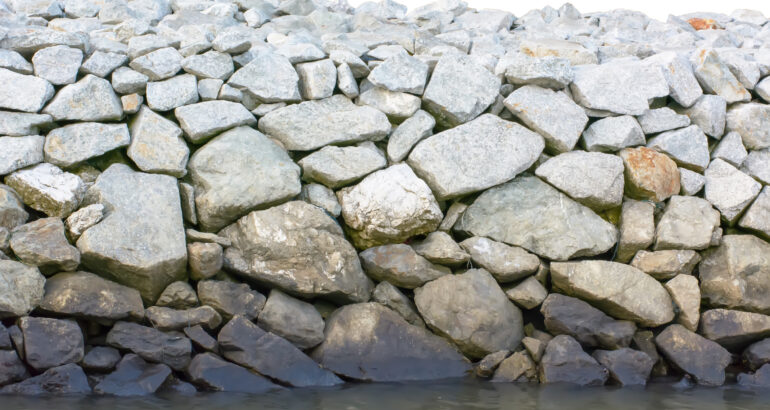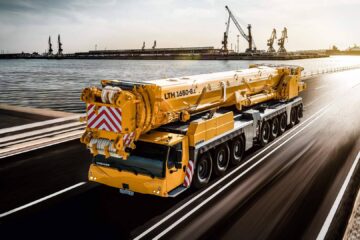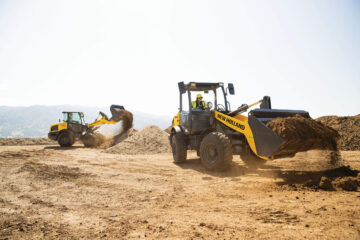The terms bulkhead and seawall are often used interchangeably. For the purposes of this paper the term seawall refers to a structure that provides shoreline protection from waves but also retains soil. The term bulkhead refers to a vertical shoreline stabilization structure that primarily retains soil, and provides minimal protection from waves.
A bulkhead is primarily intended to retain or prevent sliding of the land; while protecting the upland area against wave action is of secondary importance. Seawalls, on the other hand, are more massive structures whose primary purpose is interception of waves.
Bulkheads may be either cantilevered or anchored (like sheet piling) or gravity structures (such as rock-filled timber cribs). Their use is limited to those areas where wave action can be resisted by such materials. In areas of intense wave action, massive concrete seawalls are generally required. These may have either vertical, concave, or stepped seaward faces.
Protective materials laid on slopes are called revetments, and will not be addressed in this paper. Additional marine structures include the quay (pronounced KEY) which is a stretch of paved bank, or solid artificial landing place parallel to the navigable waterway for use in loading and unloading vessels; as well as groins, jetties and offshore breakwaters.
Both seawalls and bulkheads can be simple rubble mound structures or engineered structures of timber, steel, vinyl or reinforced concrete. Dimensions, specifications, strengths and installation quality can vary widely; as well as cost in terms of original installation, maintenance and upkeep.
Design specifications should be reviewed by a qualified engineer and installation should be supervised and conducted by trained professionals. In most cases in the United States local ordinances and zoning restrictions will have to be complied with as well.
Service life may vary greatly due to a variety of circumstances ranging from original design, materials used and preventive maintenance conducted. Often the proper construction material and method of installation has a great deal to do with the location of the installation and the forces, from both land and sea that the structure will be subject to.
Seawalls are typically located on the coast fronting beaches, and are subject to storm surges with pounding surf, eroding shorelines and overtopping waves from coastal storm events. Some localized waterfront properties may be subject to significant wave activity, even though they are not exposed to ocean waves. A coastal engineering study can provide seawall and bulkhead design information to ensure that they are designed properly to withstand the dynamic loading and overtopping effects of waves. The “rule of thumb” in bulkhead design is to account for wave impacts if the significant wave height at a project site is expected to be in excess of three feet. Unfortunately, many existing structures in use today have not been properly maintained, have exceeded their design service life and / or did not account for the coastal storm impacts that they have experienced recently.









